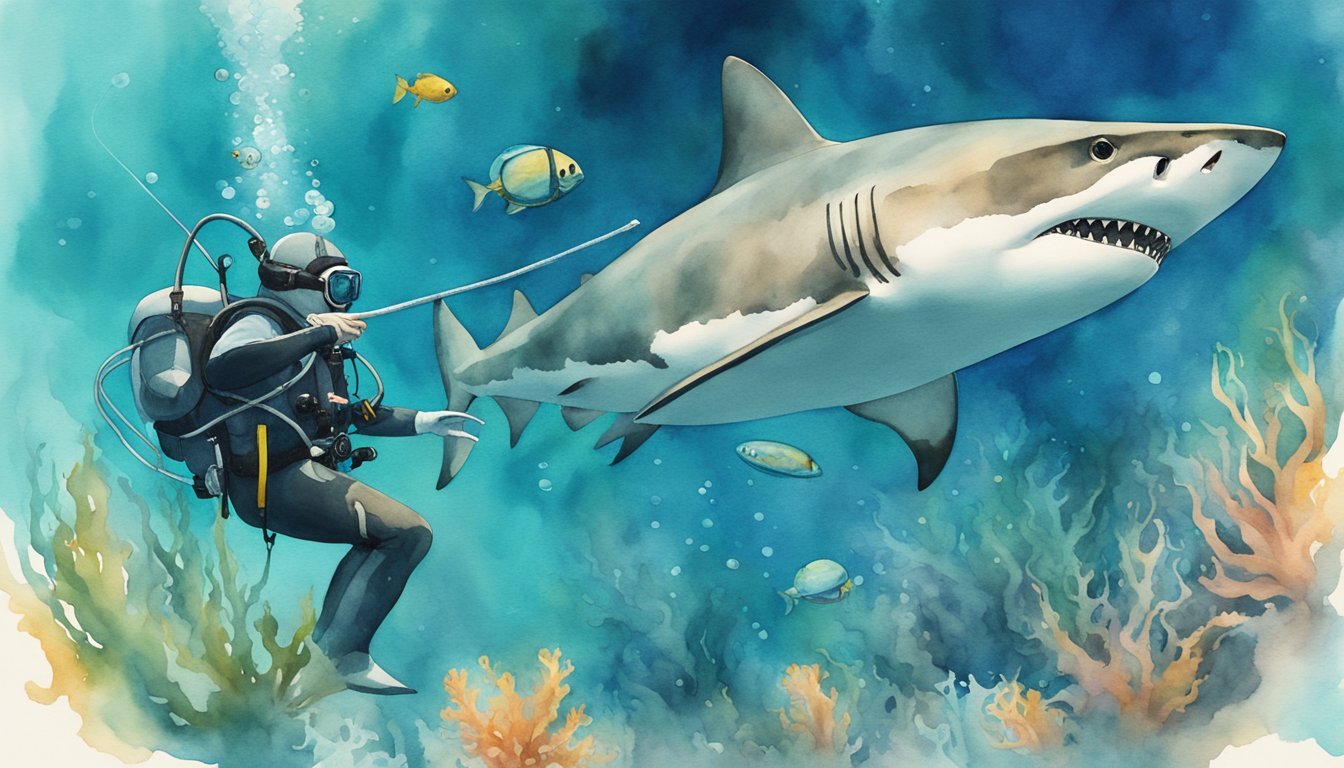Understanding Venomous Sea Creatures
In the vast ocean, a number of sea creatures have developed venom as a means of defense and hunting. This section explores the complexities of their venomous capabilities and introduces some of the most notorious venomous marine animals.
The Nature of Venom and Toxins
Venom is a specialized form of toxin, often a complex cocktail of proteins and peptides, used by various sea creatures for predation or defense. These substances can disrupt bodily functions, causing paralysis, pain, or even death. Venomous marine animals typically deliver their venom through bites, stings, or spines. Neurotoxins, a common type of toxin, specifically target nerve cells, hindering nervous system function.
Renowned Venomous Species
The ocean is home to several venomous species known for their fearsome reputation. The box jellyfish is notorious, with venom powerful enough to cause human fatalities. Their venom rapidly attacks the heart, nervous system, and skin cells. The cone snail, while slow-moving, has a venomous harpoon that can be fatal to humans. The stonefish, blending perfectly with its surroundings, possesses venomous dorsal fin spines capable of delivering incredibly painful stings.
Blue-ringed octopuses are another wonder of the sea, small but equipped with venom that includes tetrodotoxin, powerful enough to paralyze an adult human. Meanwhile, the lionfish, with its striking appearance, has spines that deliver venom, causing extreme pain and swelling. Similarly, sea snakes, adapted to the marine environment, carry venom used to immobilize prey and predators alike.
Other dangerous entities include the pufferfish, which contains tetrodotoxin in its tissues, making it one of the most poisonous vertebrates in the world. The flower urchin, not often mentioned, can inject potent toxins through its pedicellaria, causing pain and even paralysis. Lastly, the Irukandji jellyfish, although tiny, releases venom inducing Irukandji syndrome, a condition that is significantly painful and can lead to serious illness.
Consequences of Encounters with Dangerous Sea Creatures

When humans encounter dangerous sea creatures, the results can range from painful stings to life-threatening envenomations. Immediate and appropriate response can mitigate some of these effects.
Physical Effects of Venom and Poison
Many sea creatures have developed venomous stings or bites as a defense mechanism or to capture prey. Encounters with these creatures can lead to a variety of consequences for humans:
-
Stings and Bites: The consequences of stings from creatures like the box jellyfish may include excruciating pain, swelling, and skin necrosis. Their venom can cause paralysis, heart failure, or even death.
-
Poison: Certain fish, like those possessing cyanide, can cause serious illness or death if consumed. Symptoms can include respiratory failure, cardiac arrest, and shock.
In more severe cases, envenomation can lead to systemic effects such as difficulty breathing, numbness, or breathing problems.
Prevention and Response
To minimize the dangers posed by sea creatures:
-
Precautionary Measures: Wearing protective clothing and avoiding known habitats of dangerous creatures can reduce the risk of an attack.
-
First Aid: In the event of a sting or bite, administering the right first aid can be lifesaving. This may include immersing the wound in hot water, and for certain stings, applying vinegar to neutralize toxins.
-
Medical Treatment: Seeking medical attention immediately is crucial for administering treatments like antivenom when necessary or treating severe reactions to prevent respiratory failure or drowning.
The correct knowledge and actions following an encounter can mean the difference between recovery and more severe outcomes, including fatalities.

